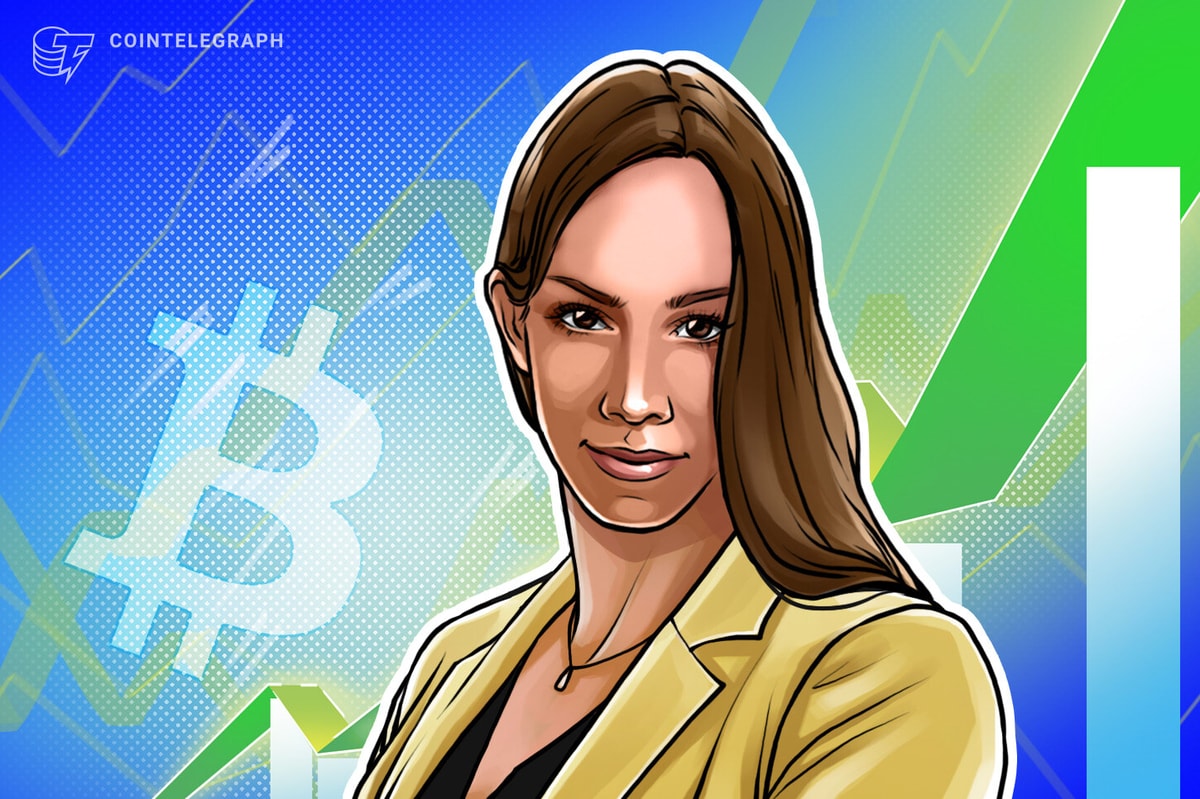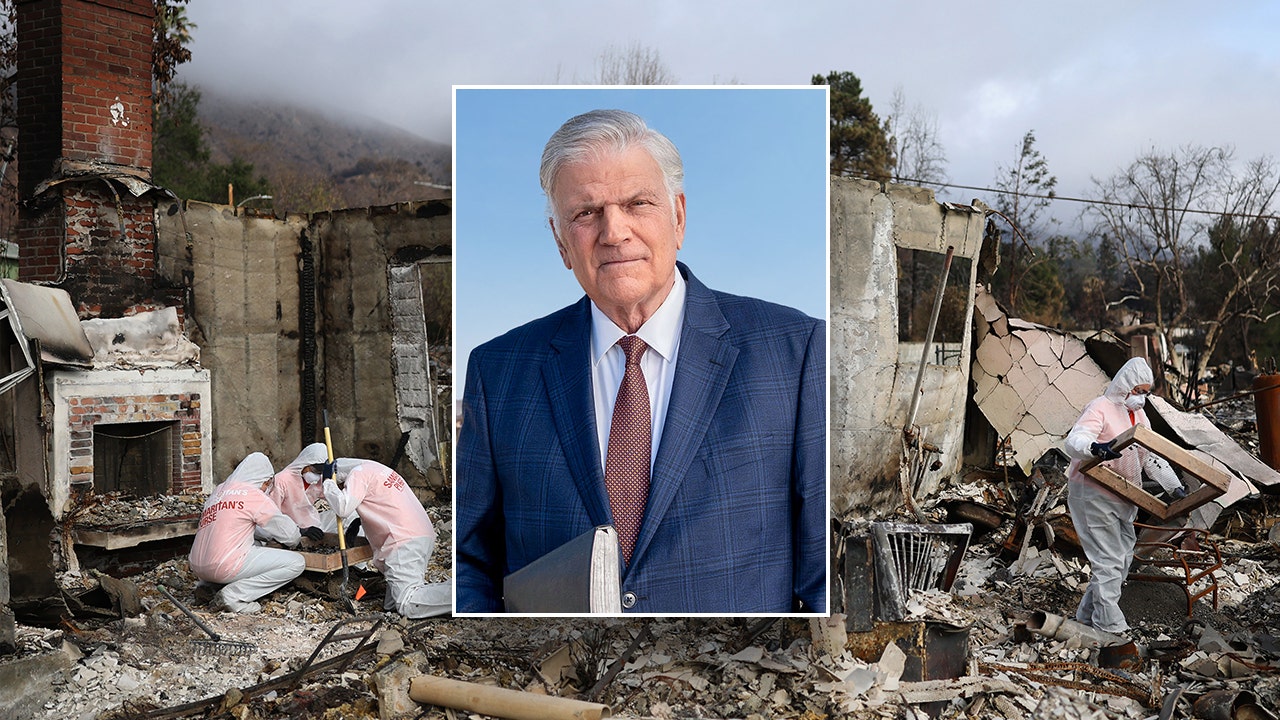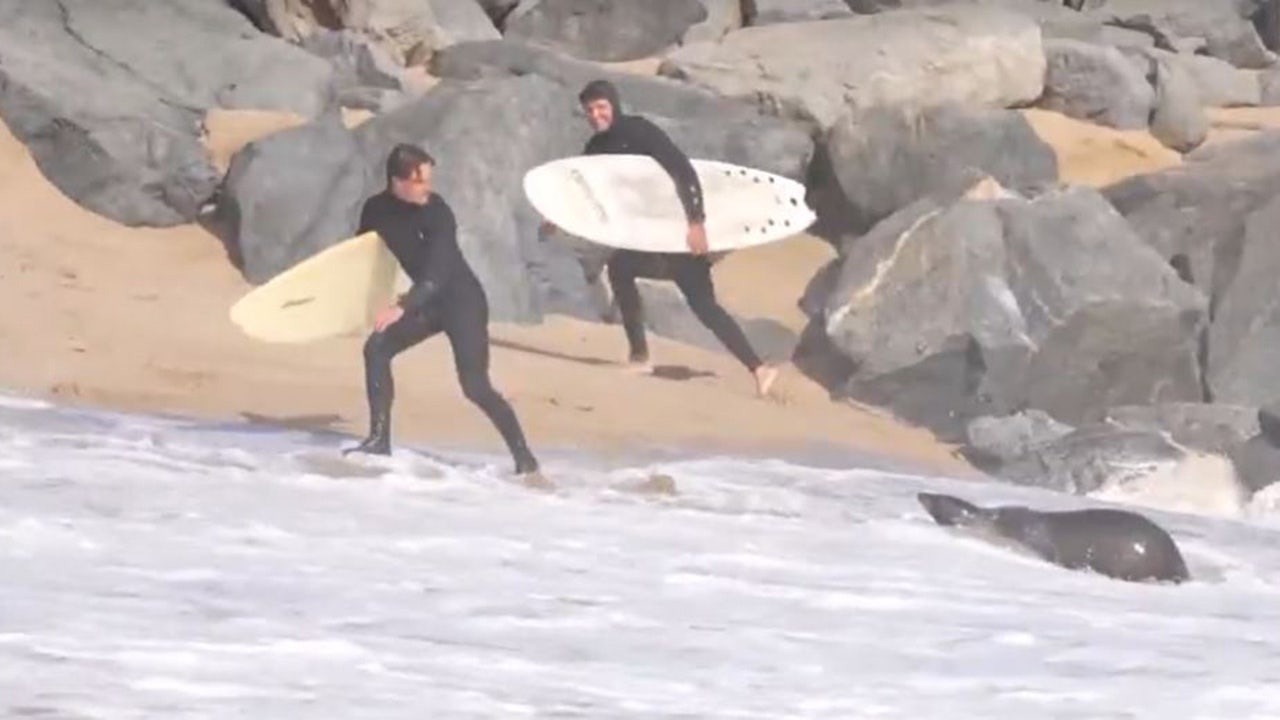Sydney Johnston grew up in a non-denominational Christian household — but now the Upper West Side millennial is a devout Catholic.
“There’s just something so beautiful and transcendent about the rituals and the ancient history in the Catholic mass that’s been preserved,” Johnston, 30, told The Post. “The church really communicates a degree of reverence that I didn’t find in the more liberal, laissez-faire approach of non-denominational churches.”
Confirmed in December 2024 at the Church of Notre Dame in Morningside Heights, Johnston is one of a growing number of young people turning to the Catholic Church from other denominations, religions and even no faith at all.
According to the National Catholic Register, some dioceses are reporting year-over-year increases of 30% to 70% in new converts. The Diocese of Fort Worth, Texas, for instance, experienced a 72% jump in converts just from 2023 to 2024.
The Post spoke to several young new Catholics who cite the pandemic, the internet and a distaste for “lax” protestant alternatives as reasons for turning to the faith.
Growing up in Orange County, California, Johnston never quite felt satisfied with her protestant faith.
“It felt much more like a cultural experience than something that was really rooted in history with a deep theological foundation,” she recalled.
By her early 20s, she had walked away from the church entirely, but, when the pandemic hit while Johnston was studying physics and history at Columbia, she suddenly had time to consider what was missing from her life.
“Up until that point, I was such a workaholic, but during the pandemic, I started thinking and revisiting my criticisms of Christianity,” she said. “I just started reading the Bible, and I found so much wisdom and beauty and meaning.”
Coming out of lockdown, she set out on a two-year quest across dozens of denominations to find a church that was a fit.
“I had this question on my mind, like, do I feel God here? Does this feel like a holy place? And so I really paid attention to the aesthetic and spiritual aspects of the services,” she recalled. “And I ultimately just felt myself most drawn to the Catholic mass.”
Father Raymond Maria La Grange of Church of St. Vincent Ferrer on Lexington Avenue confirmed to The Post that at least three-quarters of his new converts are in their 20s or early 30s and that “it was really after [the pandemic] that the parish in general started to grow.”
“Some were protestants, some were non-religious, some were Catholics who never practiced the faith. Both men and women,” he said. “Some well-off, others living day to day. Some are intellectuals, some are mystics. Some got to know Catholics who brought them in, others came in on their own and hardly know any Catholics.”
“It is a fun time to be a priest. It’s busy, in a good way,” La Grange added.
Adrian Lawson found Catholicism via the internet.
A 30-year-old software developer in Southern California, Lawson was raised non-denominational and was an atheist as a teen, but ultimately found the evangelical church in his early 20s when he was suffering.
“I was wrestling with mental illness and the meaning of life, and those are questions that I could not answer without religion,” he said. “My mental health improved very quickly, and church showed me a different way of looking at life. I just became less self-centered, and that made me a lot happier.”
But he was moved to look into Catholicism after watching a buzzy online debate between a Catholic and a protestant creator, Cameron Bertuzzi, about church history.
Bertuzzi’s own very public conversion after that debate is often cited by young Catholic converts online as a “red pill” moment for them.
The 38-year-old Houston native, who was raised as a charismatic Christian and has made protestant content on YouTube for years, said the debate led him to the conclusion that he had no choice but to convert.
“Eventually I was just like, you know, I just need to do this. I just need to become Catholic,” he told The Post. “I sort of worked through the objections that I had, and I didn’t really have any objections left, and I was like there’s nothing really holding me back from Catholicism, so I should probably just embrace it.”
Bertuzzi has since been very open about being a convert on his popular YouTube Channel — a resource Lawson turned to often in his own journey to Catholicism.
Despite his parents “very strong negative reaction,” Lawson started attending Catholic services in 2022 and converted a year ago.
“I had anxiety, depression, and panic attacks, but since I’ve started praying the rosary regularly, I haven’t had any of those issues,” he said.
As a catechist at his parish, Lawson estimates there’s been a 50% year-over-year increase in converts, many of them in their 20s and 30s. He has observed that converts tend to be “more traditional” and “a little more fervent and a little more forceful in their beliefs.”
“I think a lot of people are feeling unsatisfied with their experience in the Protestant churches,” he said. “And I think a lot of young people are seeking community and they’re seeking purpose — and they’re finding that in the Catholic Church.”
Some young people are converting from outside of Christianity entirely. Marin Minamiya, 28 of Austin, was raised in the Shinto faith in Japan but began to explore Catholicism while studying information sciences at Columbia University.
“I think being Catholic inevitably makes one have a positive outlook on life because God is good,” said Minamiya, who graduated in February. “It gives me a lot of confidence, and it gives me a lot of support through the Catholic community to become a better person and a virtuous person.”
Minamiya, who works in IT and holds the record as the youngest woman to have climbed Mount Manaslu in Nepal, converted in December 2024.
The decision to become Catholic was more difficult for 27-year-old Cincinnati native Taylor New. At 21, while an active member of her evangelical church community, she stumbled upon a YouTuber explaining why studying the history of Catholicism made her convert.
“I decided to watch it, not thinking much of it — but I joke that that video ruined my life in the best way, because that set me on my spiral of research,” New told The Post.
After months of reading and watching videos, New, who works in insurance, came to the conclusion that the history of the Catholic church made it the only legitimate Christian faith — but she was afraid to leave her community behind.
“It was something that I didn’t want to do. I begged God to not make me Catholic,” she said. “I found a lot of support in my church, just because I didn’t have a super tight-knit family at home.”
But, after years of internal conflict, she finally decided to attend OCIA classes to convert in 2024.
In retrospect, she credits the internet for guiding the way: “A lot of young people are converting to the faith, and I think that’s just because there’s a wealth of things to search on the internet, and people are just on a search for truth which has them gravitating to the Catholic Church.”
Father La Grange’s theory: “I’d say the most common impetus of the young is that they realize the world cannot provide them with any moral order, or reasons for living in any particular way. A culture of license has left them unmoored.”
Read the full article here















